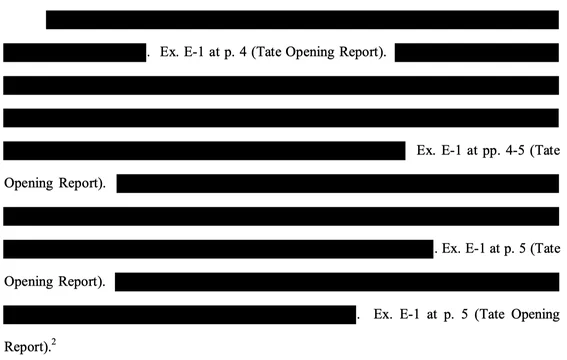
Motions for reargument are notoriously hard. Winning one is the legal equivalent of the going to the dentist and hearing that you really ought to take it easy and stop brushing so much.
Nevertheless, you see them filed all the time. I imagine the thinking is that, even if the odds are low, you've already lost the motion so things can't get any worse.
But they can!
Things can always get worse!

This was the lesson in Carrum Techs., LLC v. Ford Motor Co., C.A. No. 18-1647 (D. Del. Apr. 11, 2023). A couple of weeks ago, the defendant filed a motion to seal one of its briefs. The motion was short and unaccompanied by a declaration, so Judge Andrews denied it in a one-sentence Oral Order.
Now it's unclear why exactly the Defendant filed a motion to seal in this instance, as the parties had previously filed many documents under seal without a motion in accordance with CM/ECF procedures. The defendant thus moved for reargument on the motion to seal, largely arguing that it hadn't needed to file the motion in the first place:
Over the course of this litigation, various other pleadings have been filed under seal by agreement of the parties. Ford did not intend to request different treatment of its Memorandum and Exhibits than prior sealed filings in this litigation. Rather, Ford proceeded in a manner that it believed to be consistent with the Stipulated Protective Order, the parties’ agreement, and the Local Rules. Having learned that a separate motion to seal was not warranted, Ford apologizes to the Court for creating an unnecessary issue for the Court.
Since filing the Memorandum and Exhibits under seal would be in accordance with the Stipulated Protective Order and the parties’ prior practice in this litigation, Ford respectfully requests that the Court reconsider its Oral Order denying the filing under seal; or, in the alternative, that the Court seal the Memorandum and Exhibits (D.I. 207) as the parties had agreed, and permit Ford to withdraw its Motion to File Under Seal
Id., D.I. 226.
Judge Andrews was . . . unmoved by this argument.
I understand the argument that the motion was unnecessary. But I appreciate more the unsurprising disclosure that counsel routinely file things under seal that should not be filed under seal . . . I will unseal every sealed letter and pleading 2 in this case in two weeks, except as follows. For any sealed document which at least one party asserts will cause the party a specific and identifiable harm if unsealed, I will consider the party's argument if it is accompanied by: (1) a copy of the pleading with the necessary redactions highlighted in yellow, and (2) one or more declarations or affidavits from one or more employees of the party explaining why it is necessary to maintain the document as sealed and why each redaction is required. Any such documents should be submitted to my Case Manager before the two weeks have passed. The parties are ORDERED not to file any more documents under seal without transmitting to my Case Manager a motion meeting the above requirements and a proposed order simultaneously with the filing of the document.
Oof.
So next time you say to yourself, "what's the worst that could happen?" Really take a moment to consider the worst possible outcome—'cause it can be prett-y bad.
If you enjoyed this post, consider subscribing to receive free e-mail updates about new posts.





